JAISALMER
Jaisalmer nicknamed “The Golden city”, is a city in the Indian state of Rajasthan. It is located 575 kilometres (357 mi) west of the state capital Jaipur. It is a World Heritage Site. The town stands on a ridge of yellowish sandstone, crowned by a fort, which contains the palace and several ornate Jain temples. Many of the houses and temples are finely sculptured. It lies in the heart of the Thar Desert (Great Indian Desert) and has a population of about 78,000. Jaisalmer is named after Maharawal Jaisal Singh, a Rajput king who founded the city in 1156 AD. Jaisalmer” means “the Hill Fort of Jaisal”. Jaisalmer is sometimes called the “Golden City of India” because the yellow sand and the yellow sandstone used in every architecture of the city gives a yellowish-golden tinge to the city and its surrounding area. It is the largest district of Rajasthan and one of the largest in the country. on the west & south-west by the Pakistani border,. The length of international border attached to Jaisalmer District is 471 km (293 mi).
The maximum summer temperature is around 41.6 °C (106.9 °F) while the minimum is 25 °C (77 °F). The maximum winter temperature is usually around 23.6 °C (74.5 °F) and the minimum is 7.9 °C (46.2 °F). The average rainfall is 209.5 millimetres (8.25 in). Water is scarce, and generally Brackish, which means water that has more salinity than fresh water, but not as much as seawater. the average depth of the wells is said to be about 250 feet (76 m). There are no perennial streams, and only one small river, the Kakni, which, after flowing a distance of 48 kilometres (30 mi), spreads over a large surface of flat ground, and forms Lake Orjhil (“The Bhuj-Jhil”). The climate is dry. Throughout Jaisalmer only raincrops, such as bajra, jawar, motif, til, etc., are grown; spring crops of wheat, barley, etc., are very rare. Musicians and dancers are a major cultural export from Jaisalmer to the rest of the world. Merasi (formerly manganiyar, a derogatory term meaning “beggar”) musicians have played the world over, and Queen Harish, the dancing desert drag queen, is touring the world and has featured in international movies. Jaisalmer district is blessed with art, architecture, culture and traditions which are colourful. The folk music of this desert area is an amazing combination of traditions and classical music which gives you a taste of the desert life. In spite of the life being very difficult, it is interesting to see that the people are satisfied and happy. The language, culture and traditions of the people of the district are influenced by the culture of the neighbouring Sindh area. Go for a camel safari through the sand dunes. Visit the Gadsisar Lake which is a popular hangout for birds and water-lovers alike. Do visit the Desert National Park, which is one of a kind. Other places to visit are the Jaisalmer fort and a number of Havelis to experience the old-world charm. Jaisalmer also has a number of handicrafts and antique shops. Jaisalmer Fort is one of the largest fortifications in the world. It is situated in the city of Jaisalmer. It is a World Heritage Site. It was built in 1156 AD by the Rajput ruler Rawal Jaisal, from whom it derives its name. The fort stands amidst the sandy expanse of the great Thar Desert, on Trikuta Hill, and has been the scene of many battles. Its massive yellow sandstone walls are a tawny lion colour during the day, fading to honey-gold as the sun sets, thereby camouflaging the fort in the yellow desert. For this reason, it is also known as the Sonar Quila or Golden Fort. Ghadsisar (Lake): is a rainwater lake which supplies water to the city. Sar means a lake. King Ghadsi of Jaisalmer got it made 650 years ago with the help of the people. It is surrounded by temples and tombs of saints.
Jain Temple: There are seven beautifully carved temples built inside the fort walls. These temples were built between the 12th century to 15th century. All the temples are connected by walkways and corridors. It is compulsory to remove your shoes and all other leather articles (belts, wallets, purses, etc.) before entering any Jain temple. The very first temple which a tourist can visit is dedicated to Chandraprabhu, who is the eighth tirthankar (Jain God). The symbol of the God Chandraprabhu is the moon. This temple was built in 1509. It is built with fine stones.
Havelis: Patwon-ki-Haveli is a ten-minute walk from the main gates of the fort and quite magnificent. It’s a collection of five houses, each one for the son of a wealthy trader who made money lending to the government. One of the havelis (closest to the street) has been restored and turned into a government museum. Expect to spend two hours there.
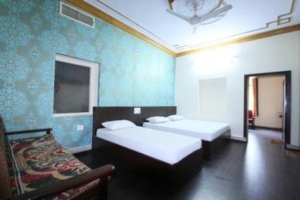

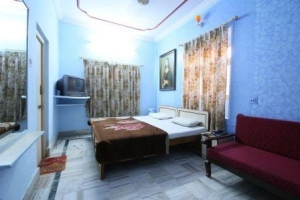
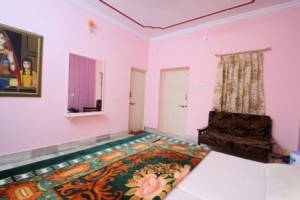
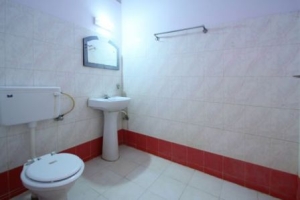
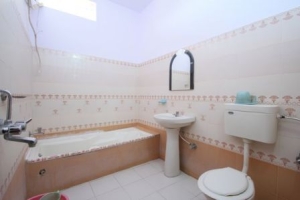

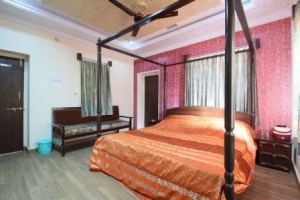
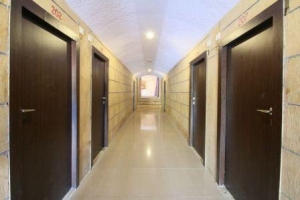
HOTEL PRINCE
One of the prime accommodations available at Jaisalmer. Offerieng a picturesque of the sand dunes and desert. The hotel is a budget accommodation with all the modern facilities available at this place. Tyhe hotel has a roof top restaurant, from where you can enjoy the beauty of Jaisalmer fort. along with the City Palace, and the Golden Fort. The restaurant prepares traditional foods with local foods, along with food other cultures.
Room Amenities:
Rooms are very well furnished along with attached western type toilets in all the rooms, the rooms are basically designed in the form of old and in a traditional manner offering a luxirious stay at this palace. Folk dance and traditional art forms, doctor on call, T.V. in all the rooms. rooms are all equipped with modern facilities.
Room Tariff:
Double Bed Rooms: Rs.1200/-
Deluxe Rooms: Rs.1400/-
Super Deluxe Rooms: Rs.1600/-
Four Bed Rooms: Rs.1800/-
Family Rooms: Rs.2000/-
Service charge as applicable on the room tariff.
HOW TO BOOK: Call us at 9830619422, 9831067030 , 9830381306 or come down to our office at: City Office: 186 Roy Bahadur Road, near chanditala auto stand, Behala, kolkata- 700053. Branch Office: Ukil para, ground floor of mirror beauty parlour, Jalpaiguri – 735101. Or, fill up the query form given below and submit
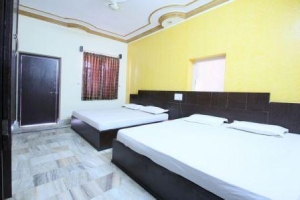
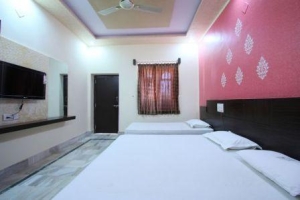
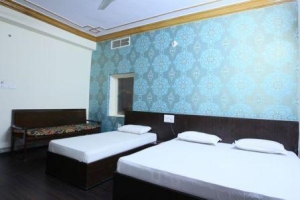
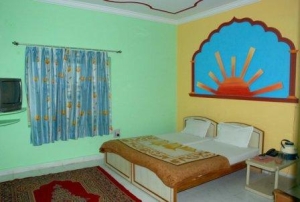
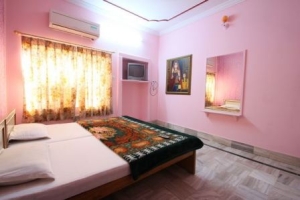
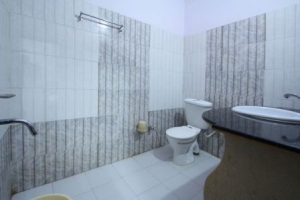
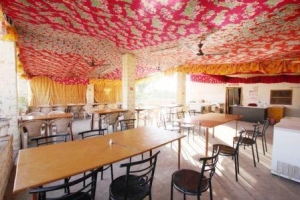
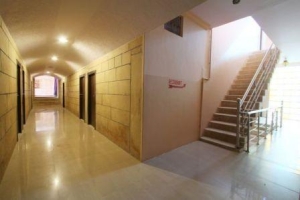
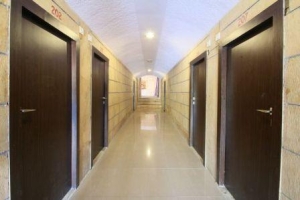

Leave A Comment
You must be logged in to post a comment.